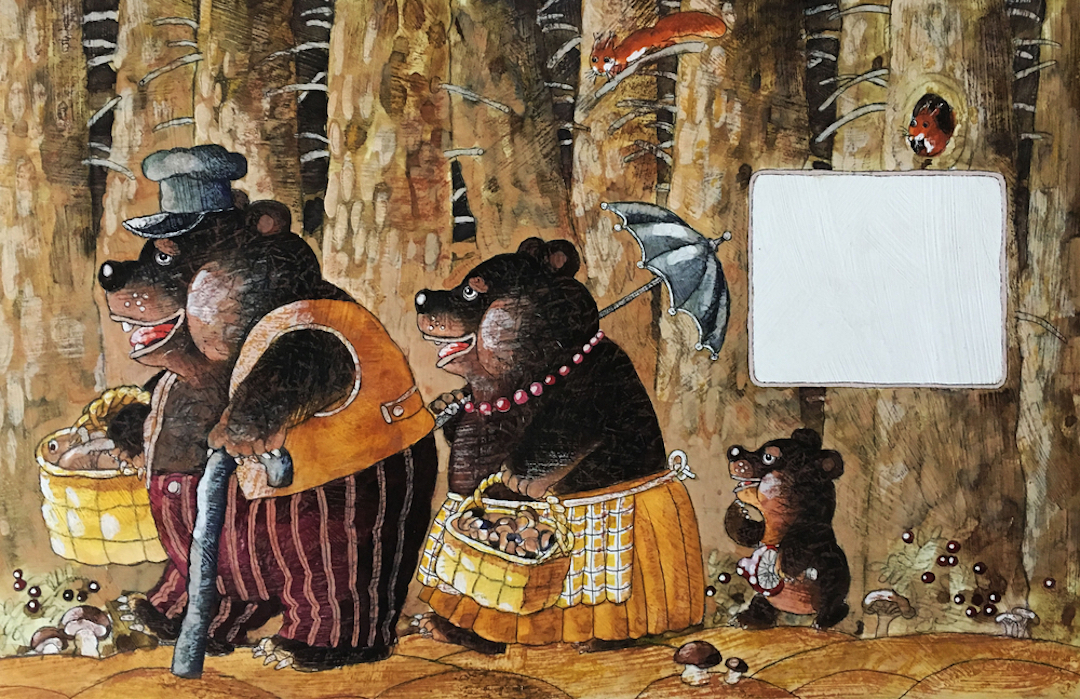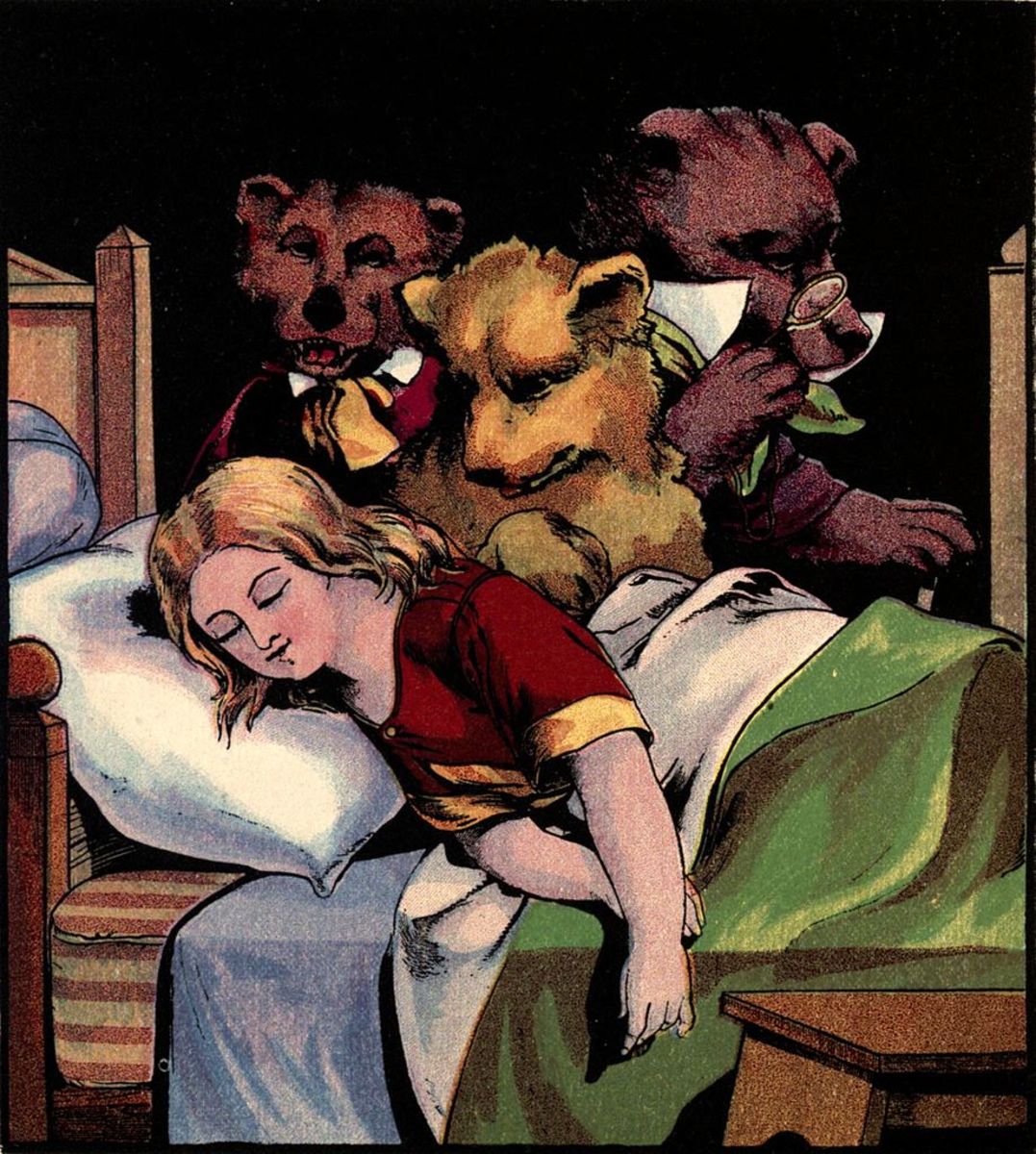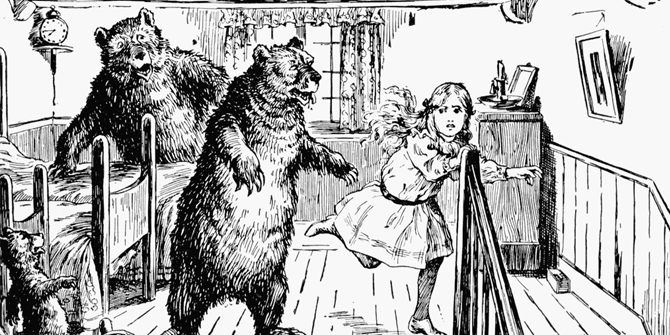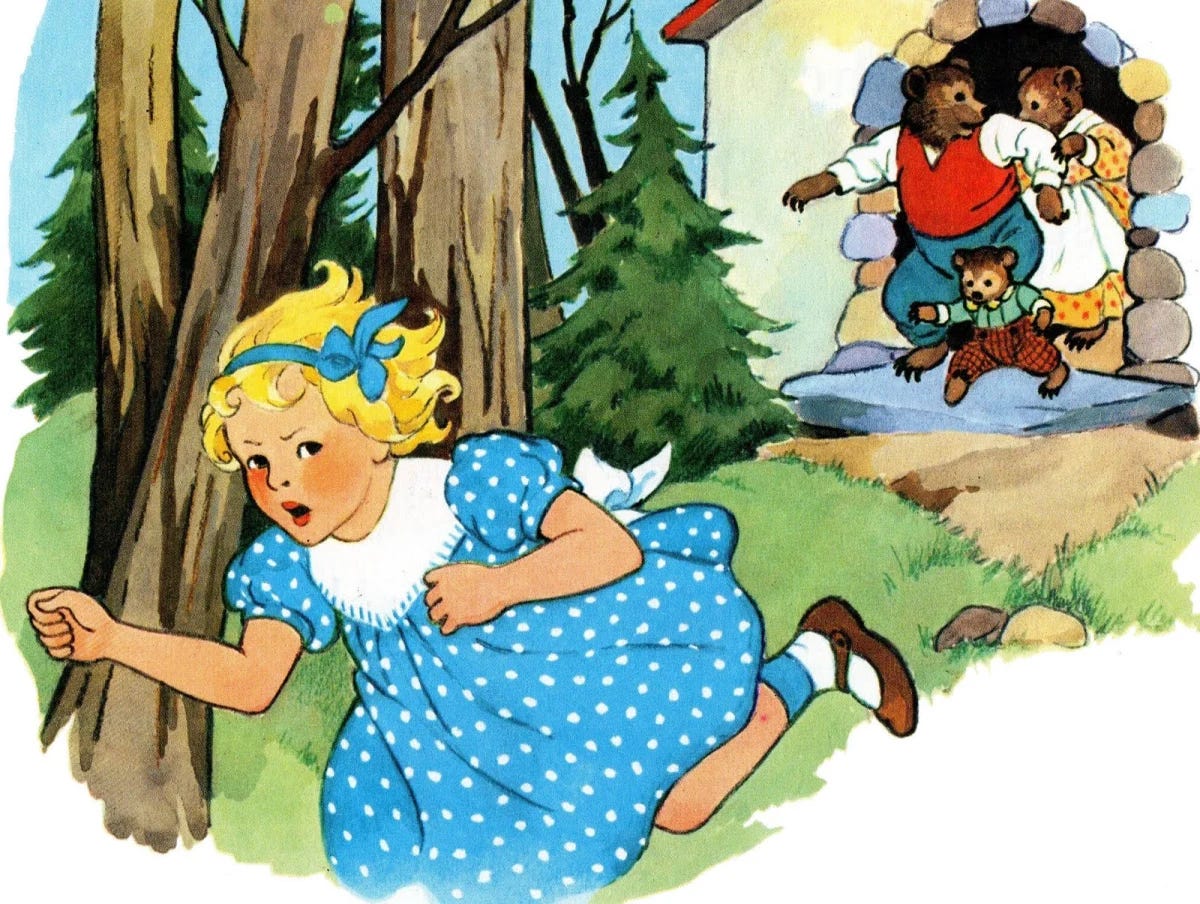The Goldilocks Economy Feels Just Right, But the Bears Always Show Up
Goldilocks Economy Definition, What Makes It Work
What Is a Goldilocks Economy?
A Goldilocks economy is not too hot or too cold but just right—to steal a line from the popular children's story Goldilocks and the Three Bears. The term describes an ideal state for an economic system. In this perfect state, there is full employment, economic stability, and stable growth. The economy is not expanding or contracting by a large margin.
A Goldilocks economy is thus warm enough with steady economic growth to prevent a recession; however, growth is not so hot as to push it into an inflationary status.
KEY TAKEAWAYS
- A Goldilocks economy describes an ideal state for an economy whereby the economy is not expanding or contracting by too much.
- A Goldilocks economy has steady economic growth, preventing a recession, but not so much growth that inflation rises by too much.
- A Goldilocks state is also ideal for investing because as companies grow and generate positive earnings growth, stocks perform well.
- The term "Goldilocks" references the famous children's tale of the same name, describing situations that are "just right" amid two extremes.
- Goldilocks economies are temporary in nature, as seen by the boom and bust cycles.
Understanding a Goldilocks Economy
- Low unemployment: A low unemployment rate, most commonly known as the U3 rate, defines the number of people willing and able to work but unable to find gainful employment, and who have sought work in the past four weeks. The U.S. Federal Reserve (The Fed) estimates a normal rate to fall somewhere between 5% and 6.7%.1
- Asset price inflation: An increase in the prices of stocks, derivatives, bonds, real estate, and other assets will earmark a Goldilocks economy. This increase is difficult to see when using broader measures that gauge real economic growth.
- Low market interest rates: These rates are the percentage of a dollar amount that a lender will charge a borrower when they lend money. Market interest rates have a basis on the overnight rate set by the Fed, which dictates the rate banks charge to lend to one another.2
- Low inflation as measured by the quantitative-based—based on a number—consumer price index (CPI) and the producer price index (PPI) also identifies this golden economic state. Inflation describes the purchasing power of a nation's money.
- Steady gross domestic product (GDP) or economic growth: This is the most cited indicator of the Goldilocks economy. GDP is a broad economic measure of the value of all services and finished goods produced in a country and is a direct indicator of the health of an economy.
Maintaining a Goldilocks Economy
Fiscal spending by Congress is a way to help create and manage a Goldilocks economy. Governments can boost their spending through infrastructure projects such as the creation of roads and bridges as well as writing government contracts with private companies.
The use of taxes is also a tool employed to manage an economy. The reduction of taxes on businesses encourages business investment, while consumer tax cuts encourage consumer spending. However, the effects of fiscal spending and tax cuts can have mixed results and is rarely a long-term solution to maintaining the Goldilocks economy.
A Goldilocks economy is transitional since economic activity is a process of expansion and contraction that occurs repeatedly. The so-called boom and bust cycle is a key characteristic of capitalist economies.
Goldilocks and the Central Bank
- Rising prices can hurt an economy because it tends to lead consumers to cut back on spending.
- Companies get hurt by inflation if their raw materials become too expensive since the added costs eat into their profits.
- As a result, businesses can cut investment.
Central banks such as the Fed react by increasing interest rates to slow the growth in the economy, which ultimately slows or prevents inflationary pressures. However, if central banks raise interest rates too soon, or by too much, their actions can trigger an economic slowdown.
Economic conditions abroad and the response from foreign governments and other national central banks can also influence whether an economy can reach a Goldilocks state.
It can be challenging for central bankers and governments to engineer a Goldilocks economy since many factors need to come together for this economic state to exist.
The Goldilocks Economy and Investing
The U.S. economy typically goes through five phases as part of the business cycle.
- growth or expansion,
- peak,
- recession or contraction,
- trough, and
- recovery.
A Goldilocks economy is ideal for investing. As companies grow and generate positive earnings growth, stocks perform well. The investor gains through share price appreciation and, in some cases, dividends as the business returns profits to its shareholders. In the absence of inflation, fixed-income investments such as bonds will hold their value.
However, if GDP grows too quickly and inflation creeps up too rapidly, the economy can overheat. In this atmosphere, asset prices can become overvalued.
The Fed may raise interest rates to try to cool down the economy. Rising interest rates break one of the key pillars of the Goldilocks economy and are usually a precursor to its end.
Real-World Examples
The economist David Shulman is widely considered to have coined the phrase "Goldilocks economy" in an article published in 1992 called "The Goldilocks Economy: Keeping the Bears at Bay." The U.S. economy of the middle to the late 1990s was considered a Goldilocks economy because it was "not too hot, not too cold, but just right"—a phrase that has been used to describe the ideal economy for investors.
The term has also been used to describe the U.S. economy as it recovered from the bursting of the dot-com bubble between 2004 and 2005. In 2005, the economy grew at 4.3%, putting the Dow Jones Industrial Average (DJIA) near multi-year highs for that time.4
In 2017, with the economy growing at near 4%, employment between 3% and 4%, and no real inflation in sight, market participants considered it to be a Goldilocks economy.56 Later that year, the Fed hiked interest rates to keep inflation and growth at moderate levels. The global economy was averaging over 3% GDP growth at that time.7
___________________________________________________________________________________
________________________________________________________________________________
________________________________________________________________________________
___________________________________________________________________________________
___________________________________________________________________________________
As Globalization Gives Way to Geopolitics,
Winners Emerge
(Bloomberg) -- Russia’s war on Ukraine split the world into two camps, nations that condemned Vladimir Putin’s invasion and those that did not. In the years since, the fallout has shifted the flow of investment, with money veering away from countries that chose not to oppose the Kremlin to those that did.
Most Read from Bloomberg
Rockstar Plans to Announce Much Anticipated ‘Grand Theft Auto VI’
World’s Biggest Bank Forced to Trade Via USB Stick After Hack
New ‘Call of Duty’ Draws Harsh Reviews After Rushed Development
World’s Largest Bank Hit By Ransomware Gang Linked to Boeing, Ion Attacks
- With words such as decoupling, nearshoring, and friend-shoring entering the common vernacular, countries like Mexico, Morocco, Vietnam, Indonesia and Poland are becoming increasingly popular destinations for foreign direct investment.
Read More: The Global Economy Enters an Era of Upheaval
To see more Bloomberg Originals video documentaries, click here.
To subscribe to the Bloomberg Originals YouTube channel, click here.
Most Read from Bloomberg Businessweek










No comments:
Post a Comment